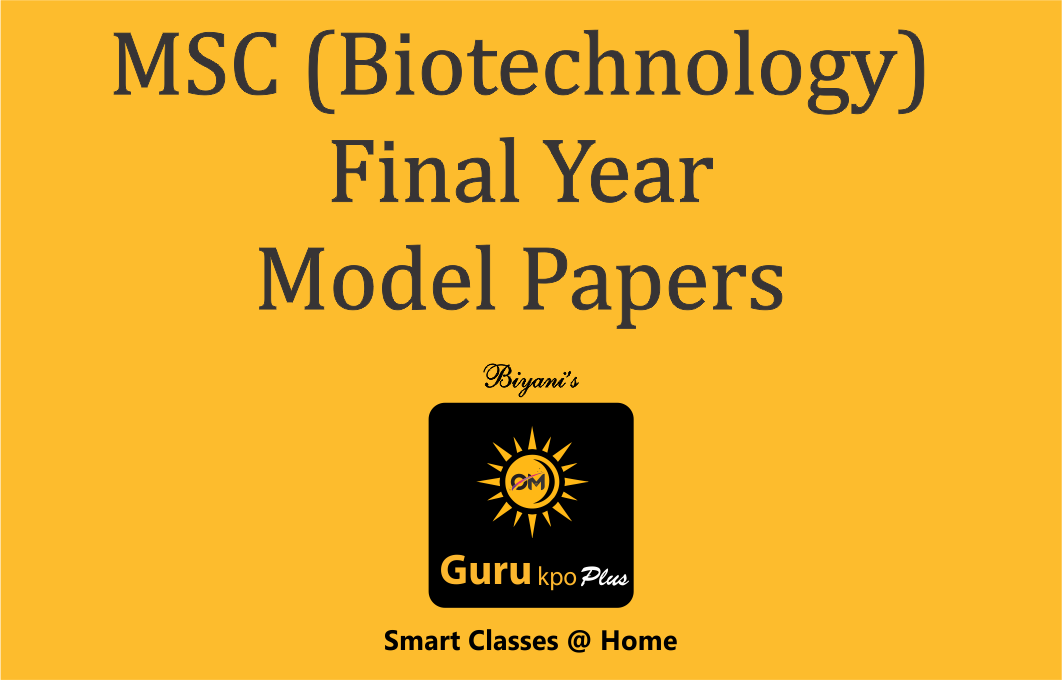
Hypertrophic phloric stenosis is a marked and progressive over growth or enlargement of clcular muscles fibers of pylorus by which partical or total obstruction of the stomach due to narrowing of the lumen.
ETIOLOGY—
Exicat etiology is unknown
• Congenital problem
• Maternal stress
• Elevated prostaglandins level
• Deficiency of nitric acid and immature pyloric ganglion cells with abnormal muscle innervations.
*PATHOPHYSIOLOGY—
Due to any etiological factors
↓
Circular musculature of the pylorus is thickened & increased in size & shape
↓
Muscles become enlarged
↓
Narrowing of the lumen occur
↓ (obstruction partial or total)
Stomach become dilated due to gastric content accumulation
*SIGN & SYMPTOMS—
* regurgitation
* projective vomiting forcefully with in 30 minute of feeding
* constant hunger
*irritability
*failure to thrive
* constipation
* decrease the quantity of stool & urine control
* dehydration
*abdominal pain
DIAGNOSTIC EVALUATION—
* History illness
* X-ray
• USG
• Blood & urine examination
MANAGEMENT—
• Monitor vital signs
• Ramstedts pylomyotomy- surgery done at the age 4-5 weeks
• After surgery (8-12hours) of few liquid content to child
• Monitor input, output chart of the baby
• Monitor for signs of dehydration & electrolyte imbalance
• COMPLICATION—
• Fluid and electrolyte imbalance
• Alkalosis & dehydration may occurs
• Haemptemasis, jaundice
• Intermediate muscle spasm in arma & leg
* NURSING MANAGEMENT—
• PREOPERATIVE CARE—
• Emphasis on maintaince of fluid or electrolyte balance
• Maintain nutrition intake by breast feeding if not contraindicated
• Provide relief or parental anxiety & routine care
• Small frequent liquid to be given
• Measures to be taken for prevention of hospital acquired infection
• Continuous monitoring of infants conditions is very important
• POST OPERATIVE NURSING CARE—
• Special attention to be provided on oral feeding
• Usually after 8-12 hours surgery small frequent feeds with expressed milk
• Initially feeding can be started with 1 or 2 tea spoon
• After feeding baby should be placed with elevating the head for 45-60 minute & on the right side of the baby
• Provide worm wound care, medication
• Provide emotional support to the parents health education should be provide related to child’s conditions







